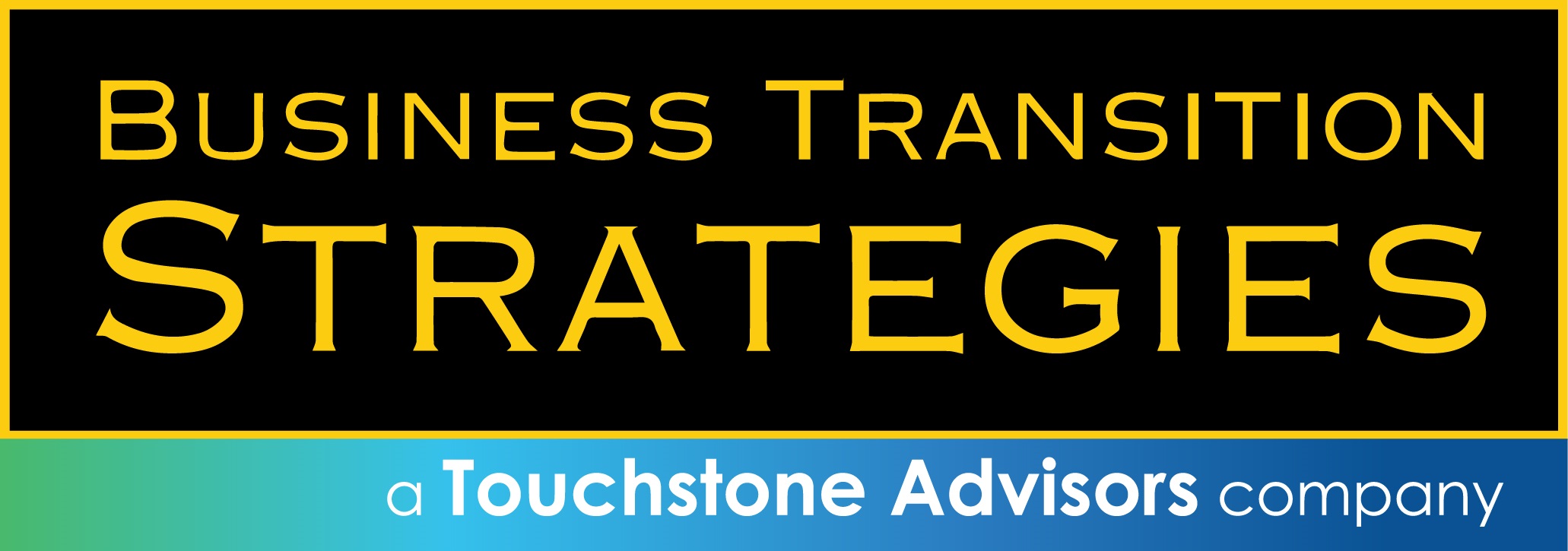A question often posed by owners is how a business will be priced when it goes to market.
In general, an M&A advisory firm like Business Transition Strategies will take a business to market without a specific offering price.
That doesn’t mean we are going to market completely blind. It depends on strategy, process and perception of value. Let’s consider each more closely.
For starters, in every case we handle, we develop an intermediary’s opinion of value and review it with owners.
This is a carefully researched report that generally is based on completed transactions within the industry sector and revenue size. The result of this is a market value estimate that is rooted in actual sales.
If a company is large enough and has been operating on accurate financial projections tied to internal strategy, we may be able to use discounted cash flow as well. But this is not common with smaller entities.
This exercise can be helpful and insightful. It provides an owner the anticipated value, but also shows how the financials would be recast in the offering and what these suggest for a bottom line – reflected in either discretionary earnings or EBITDA, a metric favored by most investor groups.
There are some with friends who claim they achieved X-multiple for their tiny company. This may be enticing and fun for conversation, but is generally not reliable. We prefer to rely on research and completed transactions.
The value range developed through this process becomes the target, but is not a price tag that is placed on the business.
How are we going to find buyers?
Our experience suggests the best way to achieve value in the lower mid-market is through a controlled auction process. It is an auction, in that the final price is not pre-set and the goal is to have multiple buyers bidding for the business; it is controlled, in that prospects are informed about the timetable and deadlines.
So why not just tell them the value expectation?
Ultimately, the value to be offered is in the eyes of the beholder. One prospect may have a strategy to grow through acquisition, and really want the business. Their value could be higher than expected. On the other hand, another prospect may only have interest in the customer list – and propose a price that leaves an owner holding the bag on equipment and a displaced workforce. What is best becomes an owner decision.
We want owners to have the opportunity to evaluate the proposals as a group, and that is why we set a schedule as a way to focus things leading up to management meetings with prospect, submission of formal price proposals and final negotiations.
So how does the M&A process develop proposals for acquisition?
The advisor team researches the market to find a target list that will be approached. This can range from companies in the same sector to private equity groups seeking acquisitions and even search groups backed by investors.
At present, a major motivator in the market is growth through acquisition – a process where similar entities or those backed by private equity investors seek acquisitions that will grow market share or margins by acquiring related entities in their sector or which would add value in other ways.
The sales effort we coordinate focuses on generating interest among qualified and approved buyer prospects with a confidential information memorandum (CIM). This document and power point presentation includes financial details, the company’s story, a sales analysis and possible future opportunities.
This is only provided to prospective buyers who complete a non-disclosure agreement. It is distributed electronically through a secure file sharing service enabling it to be closely tracked.
An M&A advisor is not just selling a company. We are seeking a good fit under a new ownership. This means we need to find a good buyer by broadcasting the opportunity in a confidential way while providing enough details to entice interest. The information package described above does this.
M&A transactions generally involve groups with experience and they are able to generate their own pricing. Although individual buyers may be a fit for some businesses, they generally do not have the resources to establish an offer. We can help them, if the owner is agreeable.
Once a buyer is selected, due diligence begins. This is where a buyer looks behind the curtain and explores all details. This can range from a basic review to a detailed quality of earnings analysis.
We pave the way for diligence by preparing – in advance – all the information we expect will be requested. Also, we work with other professionals – the attorney and accountant – to get the deal across the finish line.
Our focus is transitioning ownership, one company at a time and we’ll be with you every step of the way.
